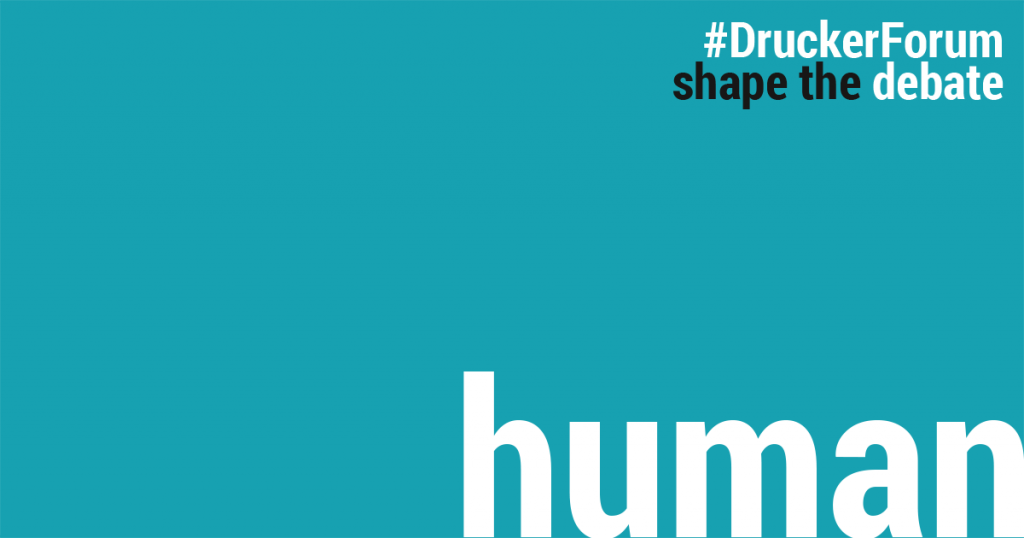
As we return to normal, there seems to be a general agreement that organizations need to take a hybrid approach to work. But how that hybrid is designed can make all the difference. What has been missing in all the months of remote work is a sense of connectedness, of feeling part of a team. However, having workers choose which two or three days to be in the office won’t create that needed connection and friendship.
Is face to face necessary
Rebuilding a sense of belonging within teams requires that all the members come together face-to-face. But they don’t have to be face-to-face all the time. In fact, it is more productive for teams to come together periodically, perhaps for a few days during a month, and then return to remote work, which has proven so effective during the COVID-19 pandemic. I call this kind of hybrid “oscillation”; that is, the regularly scheduled movement between working together and working apart.
Both ways of working serve essential purposes. Working remotely provides concentrated time to focus on a task and gives team members greater autonomy to experiment and control their workflows. Coming together creates a shared understanding of goals and a larger purpose, and develops strong commitments to jointly made decisions. The timing for a team coming together could vary from three days a month to one week every quarter, depending on the interdependencies in the team’s tasks.
Strengthen relationships
During a team’s time together, what happens needs to be carefully designed if strengthened relationships are to result. It makes no sense for workers to come together only to have them sit in a cubicle in front of their computers – they could have just as easily done that remotely. Nor is it helpful to sit together to watch PowerPoint presentations or even to listen to lengthy speeches, no matter how inspiring.
Design time together
Designing time together is similar to how one might organize a retreat, that is, a lot of hard work with a good amount of socializing built-in. Before the “retreat”, leaders need to give considerable thought to what work the team has in front of it and what activities will facilitate both collaborative thinking about those issues and will rebuild relationships. It also means asking team members to provide their thinking about what needs to be discussed. Being together is an opportunity for the whole team to do both planning and problem-solving. It is helpful for those discussions to alternate between small and large group work. Small groups (4-6) are where new thinking will emerge and where team members can reestablish the rapport that has been absent while working remotely. This work of small groups then needs to be integrated back into the large group. There are two occasions in a team’s life when being together physically is particularly important. One is at the beginning of a project when new roles and goals are being established, and the other is at the end when new thinking and potential innovations gained from the project need to be drawn out, collected, and celebrated.
Catch up time
During the team’s time together, it is also important to leave periods of time for individuals to catch up and tell each other what happened at the last client meeting or why they believe a new policy is too limiting. Team members need time to correct minor misunderstandings so they don’t grow into big ones. When teams are together, they can take advantage of the magic that happens when people eat together; such as having pizza lunches with the whole team or going to dinner at a special restaurant. They can celebrate accomplishments and express appreciation for each other’s efforts. Co-location, even temporary co-location, makes personalized relationships possible.
Workspace design
The task of renewing relationships during time together can be facilitated by modifying the design of office workspaces. We tend to have a different conversation in places with soft, comfortable furniture than when we are sitting at fixed tables with institutional chairs. If remote work is here to stay, and I think it is, then it makes sense for an organization to replace individual offices and cubicles with informal spaces where small groups can think together and larger spaces where a whole team can circle their chairs to address a difficult issue. Redesigned workplaces could also be a place where food and drink are readily at hand and where serious and playful activities can occur. Rolling whiteboards and moveable furniture facilitate conversation. A whiteboard is a very different medium than a PowerPoint presentation. The bullet points displayed in PowerPoint offer conclusions, whereas a whiteboard offers possibilities created in a shared space. Anyone can add a new idea on a whiteboard or use the eraser to modify an existing one. Whiteboards are collaborative spaces. They help a team both visualize and think together, and when the whiteboard is on rollers, it serves as a great room divider!
Oscillation is the key
I envision the offices of the future with space for multiple teams to spend a few days working and planning, each with their own area and room left over for two or three teams to come together to collaborate across units. With the increase in people working remotely, the world of work has changed, and therefore the way teams and units collaborate needs to change as well. Oscillation is the key to making that happen.
About the author :
Nancy Dixon
Nancy Dixon’s company, Common Knowledge Associates, helps managers create a conversation environment to make the oscillation principle work in addressing difficult organizational issues.
This article is one in the “shape the debate” series relating to the 13th Global Peter Drucker Forum, under the theme “The Human Imperative” on November 10 + 17 (digital) and 18 + 19 (in person), 2021.
#DruckerForum

